Medical Lighting Learning Module
Most light sources use either a filament lamp (vacuum, halogen or xenon), a xenon lamp or a LED lamp. Historically, halogen bulbs were the gold standard for lighting in medical facilities and operation rooms. However, their short lifespan means inopportune and costly blackouts and the heat they generate poses a safety threat. LED light addresses these two issues with an exponentially longer lifespan and a bulb remaining cool to touch.
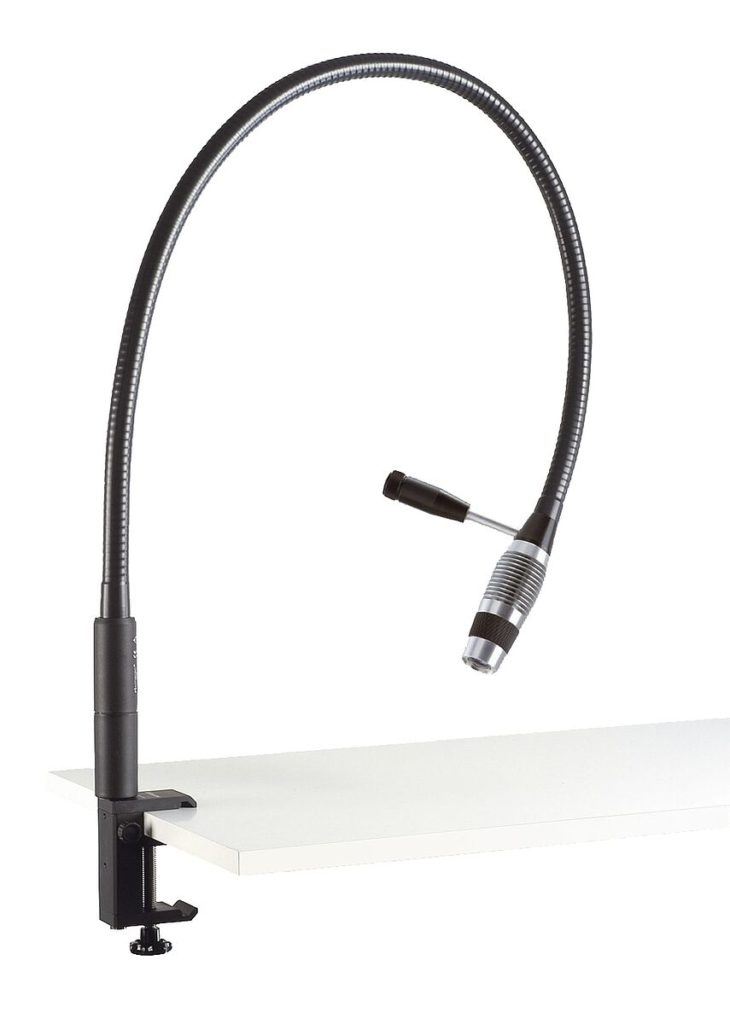
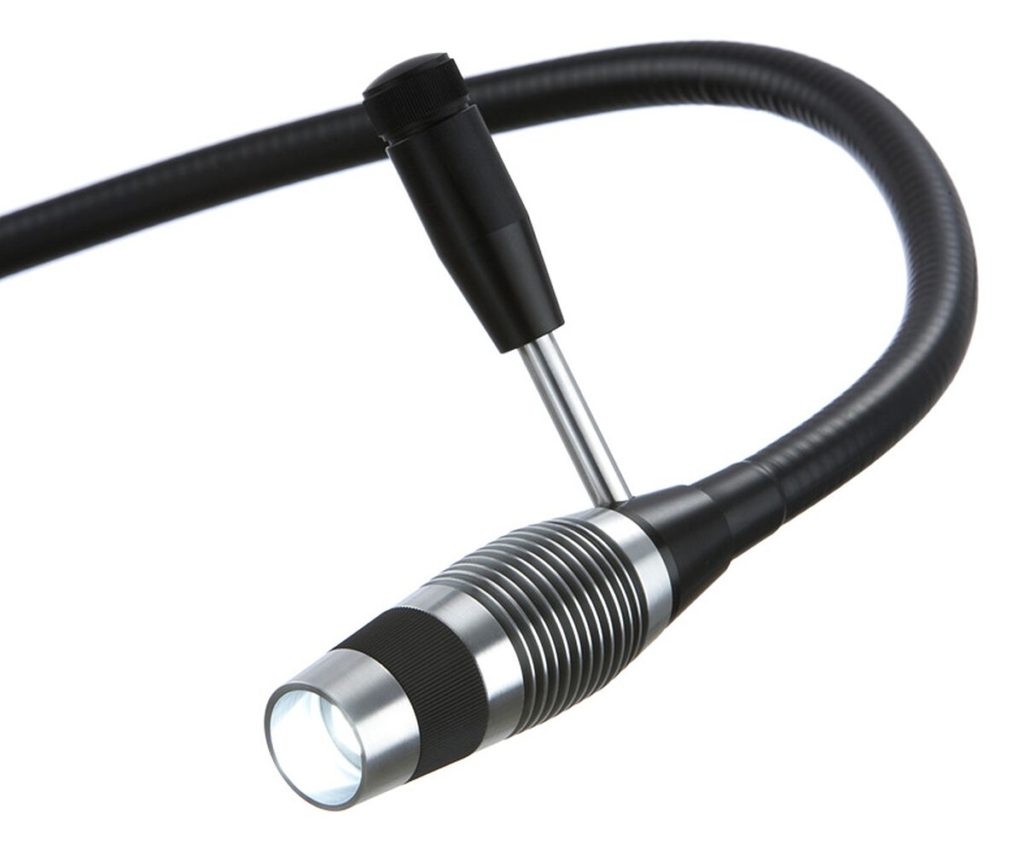
The basic requirements of medical lighting are:
-
High intensity light in the visible region of the electromagnetic spectrum. A light that creates a shift in colour on the tissue poses a risk of improper diagnoses and erroneous procedures.
→ An excellent rendition of pigmentation is made possible by the use of high performance LED light due to its natural temperature colour. LED also provides more consistent light throughout the whole area being viewed than halogen. For high end needs where pure and bright white light is crucial, xenon has historically been preferred, but LEDs are now being manufactured to a CRI up to 98, very close to Xenon's maximum CRI of 100.
Colour-rendering index (CRI)
CRI is the value given to a light bulb to denote the quality of its colour compared to the light spectrum we can see thanks to the sun (natural daylight). The sun has a CRI of 100, considered as perfect in this index. The closer to 100 the CRI value of a light bulb, the better. Anything below 90 is considered poor and will lack vital colours.
-
Long lifespan
→ A LED bulb can last between 50,000-100,000 hours, more than 10x longer than an average filament bulb. This is 6-12 years of continuous use before needing replacement.
-
Low heat dissipation
→ Filament bulbs produce a lot of heat (risk of burns or fire). LED bulbs are cool to the touch which makes them safer.
-
Low energy consumption
→ Filament bulbs are cheaper to replace than LED bulbs but consume significantly more energy. LED bulbs have a higher cost upfront but last exponentially longer, consume less energy and require less maintenance, making them a cheaper alternative over the long run.
Energy efficiency: LED > Xenon > Halogen
The ratio of lumens per watt helps determine which bulb is more energy efficient. The higher the ratio, the more energy efficient a bulb is.
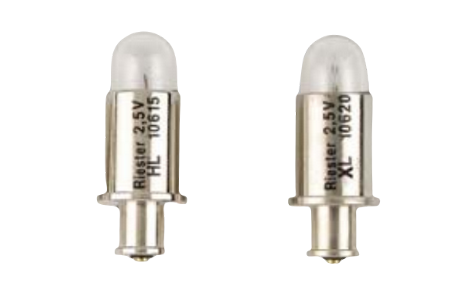
Halogen light
A quartz encasement is found at its core, filled with halogen gas. A tungsten filament is affixed at the center of the encasement and it becomes illuminated when electricity is circulated through it. To produce light with a halogen bulb, heat must be generated. At the onset, the heat is low and the filament glows red. The more electricity is fed to the filament, the hotter it gets, the brighter the illumination and the whiter the light. With a whiter light, it is easier for the human eye to see the illuminated area. As more electricity is fed to the filament, more heat is generated (and wasted) and more energy is consumed. The halogen gas stops the blackening of the bulb and slows the thinning of the tungsten filament.
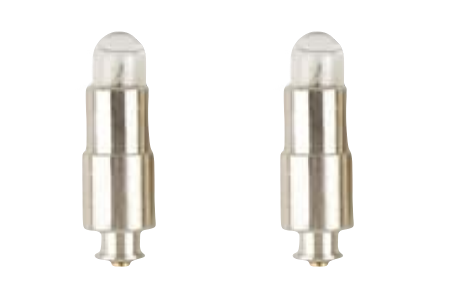
LED light
Simply a semi-conductor in the form of a diode (two conductive materials placed in contact with each other) housed in a glass or plastic translucent casing. When electricity is applied, the current can only flow in one direction and the atoms in the material getting the electrical current flow become charged with energy. This energy is released into the other conductive material in the form of electrons, thereby generating light. Only little heat is generated in the process.
Light source ratings
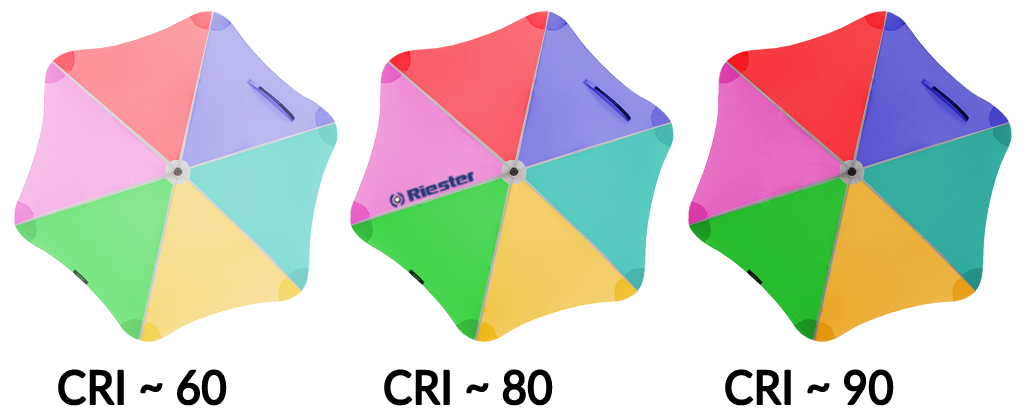
Colour rendering index (CRI).
Quantifies how faithful the colours are rendered by the light source in comparison with an ideal or natural light source. A high CRI is required in colour-critical applications.
Kelvin colour temperature scale.
The lower the number, the “warmer” the colour. A whiter colour is desirable for medical diagnosis.

